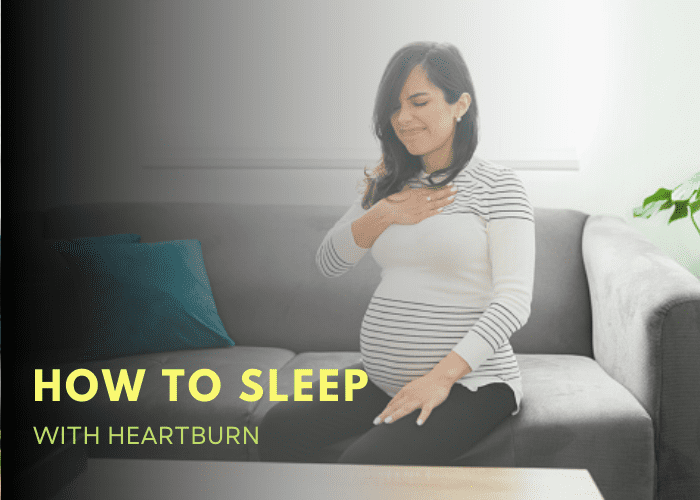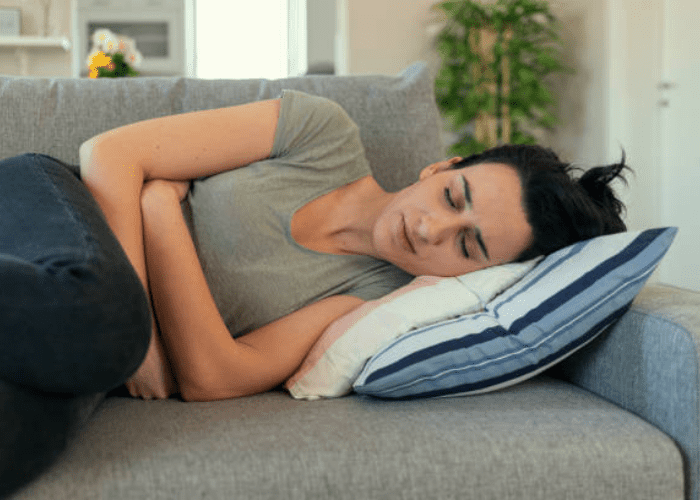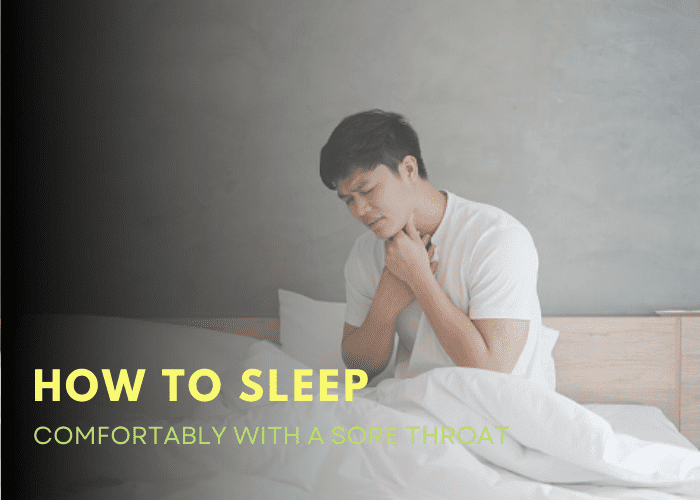We hope you love the products we recommend! Just so you know, at no extra cost to you, we may get a small commission for purchases made through links in this post. Your support is appreciated. Enjoy the read!
Did you know that there are pros and cons of sleeping with legs elevated?
After a tiring day of working in the office, what do you usually do once you’re home? Typically, we would want to get some rest and relax for a bit. And the most common thing people love to do is lie down while their legs are slightly raised.
In this short guide, you will learn how to benefit from elevating the legs while lying down in bed as well as the potential drawbacks of doing this, especially if you have specific health issues.
Is It Bad to Sleep with Your Feet Elevated
Any forms of relaxation can make you feel good while soothing your tired muscles, particularly in the feet. However, is it safe to elevate your legs while sleeping? Well, there are possible downsides when you sleep with elevated feet the wrong way. The following are minor cons of sleeping with legs elevated:
- If you aren't used to sleeping with legs elevated, it could feel uncomfortable.
- Your fixed position may prevent you from moving around.
- Contact points or pressure points can be irritated.
Why Does Elevating Legs Feel Good

Poor blood circulation and swollen feet are only some of the most common problems that many adults experience daily. They relieve these health conditions by sleeping with their legs up to help the body heal from leg swelling, brain pressure, and edemas. It’s effortless and relaxing to do, so elevated legs surely make you feel good.
Here are the main benefits of elevated legs while sleeping:
- Prevent DVT or Deep Vein Thrombosis. The veins in the lower extremities may suffer from a blood clot, which can cause DVT. It can become life-threatening when the veins within the heart and lungs get affected by the blood clot. Raising your legs during sleep can prevent DVT.
- Reduce swollen legs and feet. Elevated legs can soothe muscle tensions in the feet and legs by removing the pressure in your veins and improving blood circulation throughout the body. It reduces the risk of swollen legs and feet, usually caused by extreme pressure in the body.
- Relieve from edema. Typically, edema is experienced due to the body's excess fluids in the legs and feet. If you have congestive heart failure or stand the whole day at work, you will also experience shiny skin. It's best to elevate your legs during sleep so that you can get instant relief.
- Remedy for back pain. Chronic pain and sciatica symptoms can be reduced by putting pillows under the back of your knees and legs. This natural remedy is ideal for inflamed sciatic nerve, which often leads to specific health conditions, including chronic pain. By simply laying on the back with knees slightly raised, pain can be relieved.
- Better blood flow. Raising the legs can effectively improve blood circulation; this is a known fact. In yoga, this is one of the most common positions as it helps renew blood from the feet to the legs.
Why elevate legs above heart
Elevating your legs above the level of your heart can help improve circulation and reduce swelling. When your legs are elevated, gravity works to pull blood and fluids back towards your heart, which can help to reduce pooling of blood and fluids in your legs and feet. This can be especially beneficial for people who have varicose veins, swelling in the legs, or other circulation issues.
Additionally, elevating your legs can help reduce the pressure on your lower back and improve your posture, this can be helpful for people who suffer from lower back pain or other back conditions.
It’s important to note that elevating your legs can also have the opposite effect, if your heart is not functioning properly, it can cause increased pressure in the lungs, making it difficult to breathe. If you have any doubts or concerns, consult with a doctor before elevating your legs above your heart.
How to Elevate Your Legs While Sleeping On Your Side
Sleeping on your side with an elevated leg is not that difficult, but these tips will help you do it correctly:
- The feet and legs must be higher than the heart. Build some pillows up and rest your feet and legs on the mini hump you have made. To make it stable, use some folded blankets to help you fall asleep easier. You can even use some leg-raising pillows that are specially designed for that purpose.
- To get used to sleeping with elevated legs, it's essential to invest in an adjustable bed. It will help you adapt to the new position slowly and comfortably. Don't rush yourself as it will only make you feel uncomfortable sleeping with raised legs.
- You can practice resting on your couch with elevated legs to transition to this new sleep position slowly. Use some pillows to help you adjust without forcing yourself. Also, start with one pillow to make sure your legs are adjusting accordingly. Then add a few inches when you already feel comfortable sleeping with legs elevated.
After the first few times of sleeping in this position, you will surely notice how it improves your sleep. Just don’t put too many pillows under your legs so it won’t interrupt your sleep or make you feel uncomfortable.
How to Sleep Elevated Comfortably
There are simple ways to make a comfortable experience if you’re having issues sleeping with elevated legs. For instance, use enough pillows that will help you prop up feet and legs effortlessly. Make sure your legs are raised higher than your chest to improve blood flow throughout your body.
The pillow under your knees can help reduce stress and pressure on your spine while supporting its natural curve. Also, it can help people with sleep disorders, including restless legs, sleep apnea, and snoring. It’s essential to find the best sleep position for your health condition to alleviate pain and pressure.
Best Pillow to Elevate Legs
For aching feet, there is a quick solution to relieve pain while relaxing tensions and inflamed muscles. The Post Surgery Elevating Leg Rest Pillow with Memory Foam Top is one of the best-selling leg-raising pillows available right now. It keeps the legs elevated to improve circulation, reduce swollen feet, and relieve knee, hip, and back pain.
This leg support is orthopedically designed to improve sleep posture and revitalize the body with sufficient rest and sleep. More importantly, it is ideal for injury recoveries such as foot and ankle injury.
Sleeping with knees elevated
Sleeping with your knees elevated can be beneficial for certain health conditions such as lower back pain, varicose veins, and swelling in the legs and feet. Elevating your knees helps to reduce pressure on the lower back and improves circulation. Here are a few ways to sleep with your knees elevated:
Use a wedge pillow: A wedge pillow is a triangular-shaped pillow that is designed to elevate your legs and knees.
Use pillows to prop up your knees: Place a pillow or two under your knees while you sleep on your back.
Sleep with a body pillow: A body pillow is a long, cylindrical pillow that can be used to support your knees while you sleep on your side.
Adjust the head of your bed: If you have an adjustable bed, you can elevate the head of the bed to elevate your knees.
It’s important to note that elevating your knees while you sleep may not be suitable for everyone. If you have certain medical conditions such as acid reflux or sleep apnea, sleeping with your knee
Summary
Sleeping with elevated legs is not just relaxing, but it also improves your overall health. Chronic pain, inflammation, and other health problems can be resolved with a restful night’s sleep. To get better results, you can use special pillows to support your legs and feet while getting a much-needed rest.





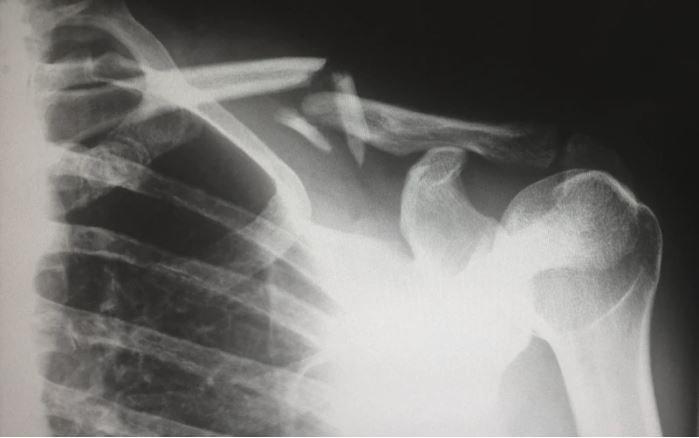

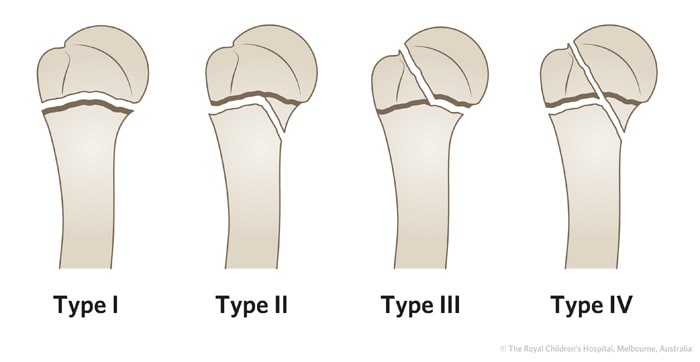 When people fall flat on their chest with their arms stretched out, it can result in the
When people fall flat on their chest with their arms stretched out, it can result in the  An
An






